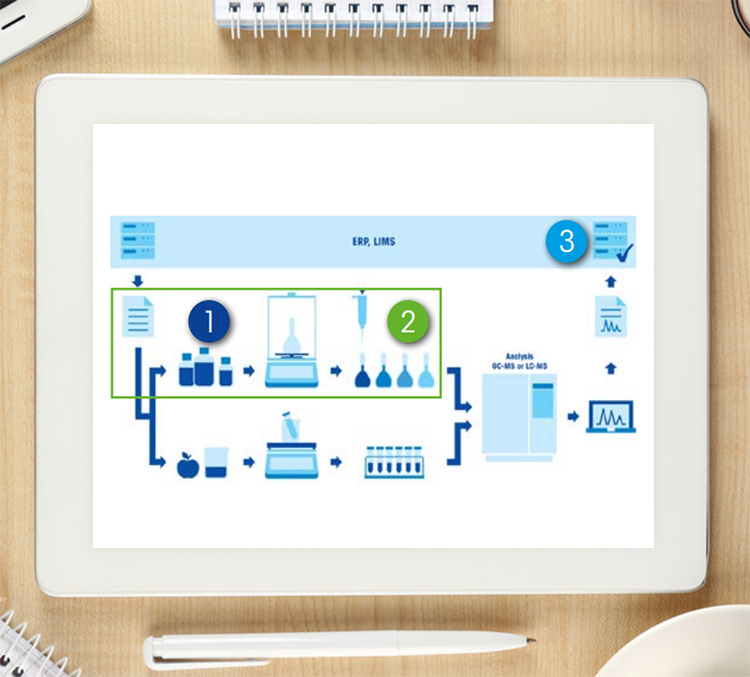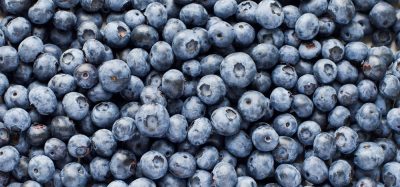Application Note: Achieving Efficiency in Pesticide Residue Testing
- Like
- Digg
- Del
- Tumblr
- VKontakte
- Buffer
- Love This
- Odnoklassniki
- Meneame
- Blogger
- Amazon
- Yahoo Mail
- Gmail
- AOL
- Newsvine
- HackerNews
- Evernote
- MySpace
- Mail.ru
- Viadeo
- Line
- Comments
- Yummly
- SMS
- Viber
- Telegram
- Subscribe
- Skype
- Facebook Messenger
- Kakao
- LiveJournal
- Yammer
- Edgar
- Fintel
- Mix
- Instapaper
- Copy Link
Posted: 6 August 2021 | | No comments yet
How automated standard preparation can cut testing time, ensure faster throughput, and deliver a significant competitive advantage to testing labs around the world.
Food and food ingredients can contain hundreds of different pesticide residues. To ensure consumer safety and meet regulatory requirements, these residues must be quantified, often by a third-party testing lab.
However, preparing the stock solutions required for each pesticide reference standard can be tedious, repetitive and very time-consuming. Additionally, the stakes are high, as any inaccuracy in the stock solution is carried through to the intermediate and working solutions, ultimately affecting the quality of the final analytical results.
So how can an analyst eliminate inaccuracies while preparing a stock solution in a fraction of the time? METTLER TOLEDO’s XPR Automatic Balance, connected to LabX™ laboratory software, provides an efficient, accurate and traceable solution that reduces an 8-hour workflow for preparing 20 reference standards to just 3 hours—a time saving of well more than 50%.
Related content from this organisation
- Application note: Mettler-Toledo automates 360-degree label inspection
- Webinar: Discover how you can combat rising manufacturing costs
- Guide: How to choose the right product inspection solution
- Whitepaper: Find out how you can detect hard-to-find contaminants
- How metal detection protects productivity and your brand
Related topics
Food Safety, Ingredients, Pesticides, Quality analysis & quality control (QA/QC)










